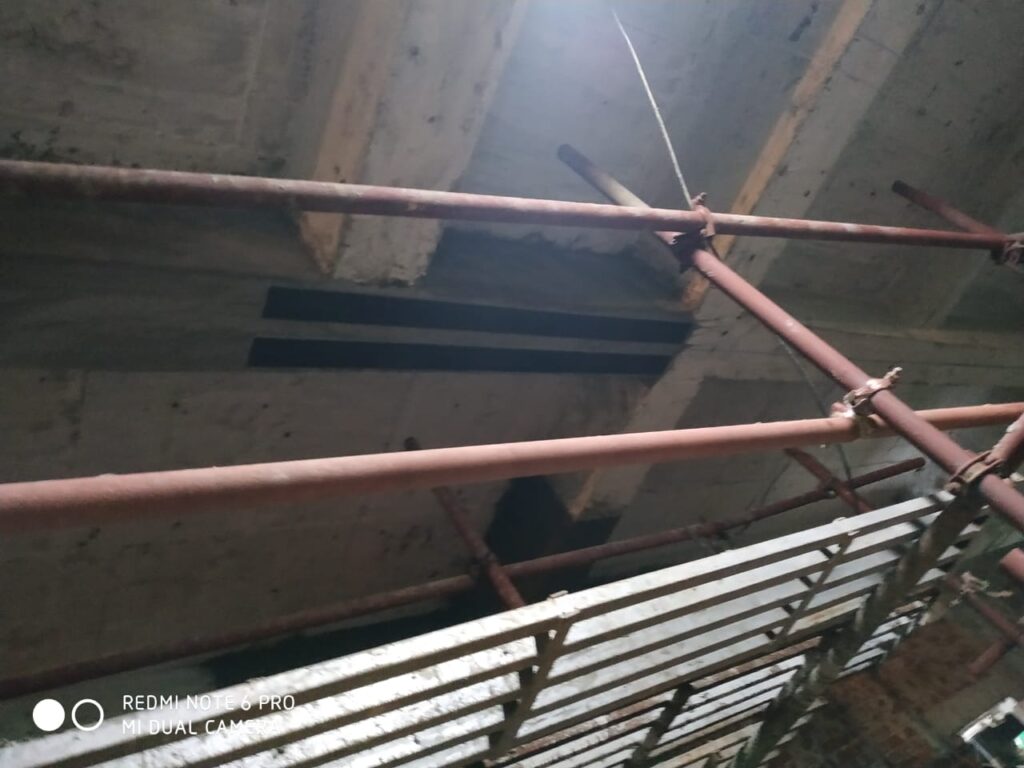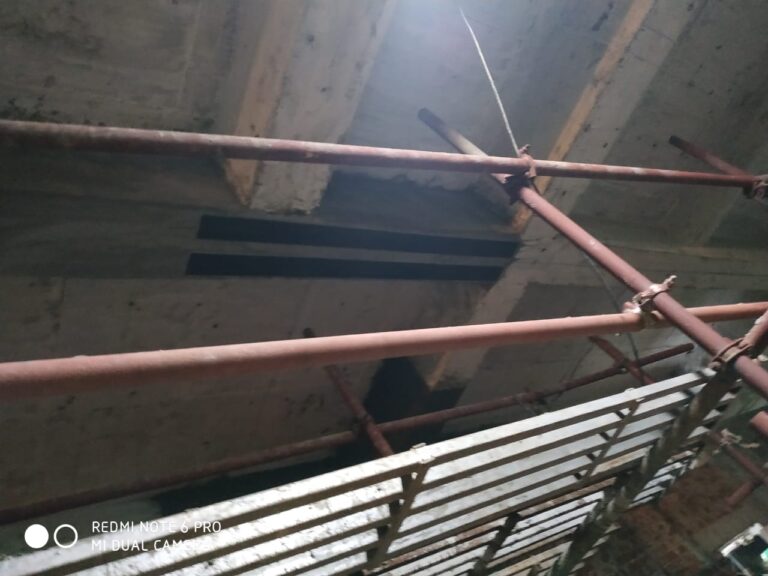
Flexural strengthening is a crucial technique in civil engineering, aimed at improving the bending resistance of structural elements like beams, slabs, and girders. Over time, structures may face increased loads or deteriorate due to age, environmental exposure, or design limitations. In such cases, flexural strengthening becomes essential. This method helps restore or enhance the load-bearing capacity, ensuring the structure remains safe and functional for longer periods without complete reconstruction.
Why Flexural Strengthening is Needed
Concrete structures are designed to handle specific loads, but changes in usage, increased occupancy, or modifications can lead to higher stress. Over time, structural fatigue, corrosion of steel reinforcement, and material degradation can weaken bending capacity. Flexural strengthening addresses these issues effectively. Instead of demolishing and rebuilding, engineers can enhance existing members to meet current standards, saving both time and costs while extending the structure’s service life.
Common Situations Where Flexural Strengthening is Applied
Flexural strengthening is often required when structures undergo functional changes. For example, converting an office space into a warehouse may significantly increase live loads. Similarly, infrastructure like bridges or flyovers experiences higher traffic volumes than initially anticipated. Seismic upgrades, damage from accidental impacts, or errors in original design also create a need. This method provides a targeted solution without unnecessary replacement, making it a preferred choice in modern construction practices.
Popular Flexural Strengthening Methods
Several methods are available for flexural strengthening, and the choice depends on project requirements, cost, and site conditions. Common techniques include carbon fiber reinforced polymer (CFRP) wrapping, steel plate bonding, and external post-tensioning. CFRP is popular for its lightweight nature and high tensile strength, while steel plate bonding offers robust reinforcement for heavy-duty structures. External post-tensioning helps counteract tensile stresses, ensuring improved load distribution and reduced deflection in beams and slabs.
Carbon Fiber Wrapping,The Most Preferred Option
Among all methods, carbon fiber wrap concrete beams and slabs are widely used due to their durability and ease of installation. This method involves bonding high-strength carbon fiber sheets to the tension zones of a structure using epoxy resin. The result is a lightweight yet strong reinforcement that resists corrosion and adds significant bending strength. Since CFRP can be applied without heavy equipment, it’s ideal for confined spaces and time-sensitive projects.
Advantages of Flexural Strengthening
Flexural strengthening offers multiple benefits beyond just load capacity improvement. It helps restore structural integrity without major demolition, reducing downtime for operational facilities. The process is adaptable to various structural shapes and materials. By extending the service life of existing assets, it reduces environmental impact by minimizing material waste. Furthermore, advanced strengthening methods like CFRP wrapping improve performance without significantly adding weight, maintaining the original design balance.
Flexural Strengthening for RCC Structures
Reinforced Cement Concrete (RCC) structures, commonly used in residential, commercial, and infrastructure projects, often require bending capacity upgrades. Over decades of service, environmental factors like carbonation and chloride attack weaken reinforcement. Flexural strengthening techniques, especially with carbon fiber wraps, are an effective way to restore strength without replacing entire sections. Engineers often recommend this approach for RCC bridges, parking structures, and industrial buildings facing higher operational loads.
Key Factors to Consider Before Strengthening
Before starting any flexural strengthening work, a thorough structural assessment is essential. Engineers analyze load patterns, damage extent, reinforcement details, and environmental exposure. Material compatibility is critical for example, bonding CFRP to damp or deteriorated concrete may reduce efficiency. Proper surface preparation ensures strong adhesion, while design calculations help determine the correct thickness and length of reinforcement to achieve the desired bending capacity improvement.
Flexural Strengthening in Seismic Upgrades
In earthquake-prone regions, flexural strengthening plays an important role in retrofitting buildings. Earthquakes generate high bending moments in beams and columns, which can lead to catastrophic failures if not addressed. Strengthening with CFRP wraps or steel plates increases ductility, allowing structures to deform safely without collapsing. This preventive approach enhances public safety, meets updated seismic codes, and protects investments in urban infrastructure development.
Environmental Benefits of Flexural Strengthening
Sustainability is a growing priority in the construction industry, and flexural strengthening aligns perfectly with eco-friendly practices. By reinforcing existing structures, we reduce the need for new raw materials and minimize construction waste. Carbon fiber materials also offer long-lasting performance, reducing the frequency of repairs. This method helps lower the overall carbon footprint of infrastructure projects while promoting the reuse of existing resources.
Choosing the Right Flexural Strengthening Contractor
Selecting a qualified contractor is vital to ensure long-term results. Look for professionals with proven experience in CFRP wrapping, steel plate bonding, and post-tensioning techniques. They should use high-quality materials and follow international standards for structural repairs. Checking past project case studies, client reviews, and certifications ensures you’re working with experts capable of delivering effective and durable flexural strengthening solutions for your specific needs. Flexural strengthening has become an indispensable tool in modern structural engineering. Whether it’s upgrading an old bridge, reinforcing a commercial building, or preparing a structure for seismic resilience, this method offers reliable results without unnecessary demolition. With techniques like carbon fiber wrapping, steel plate bonding, and post-tensioning, engineers can improve safety, extend service life, and meet evolving load demands ensuring structures remain strong and dependable for decades.




